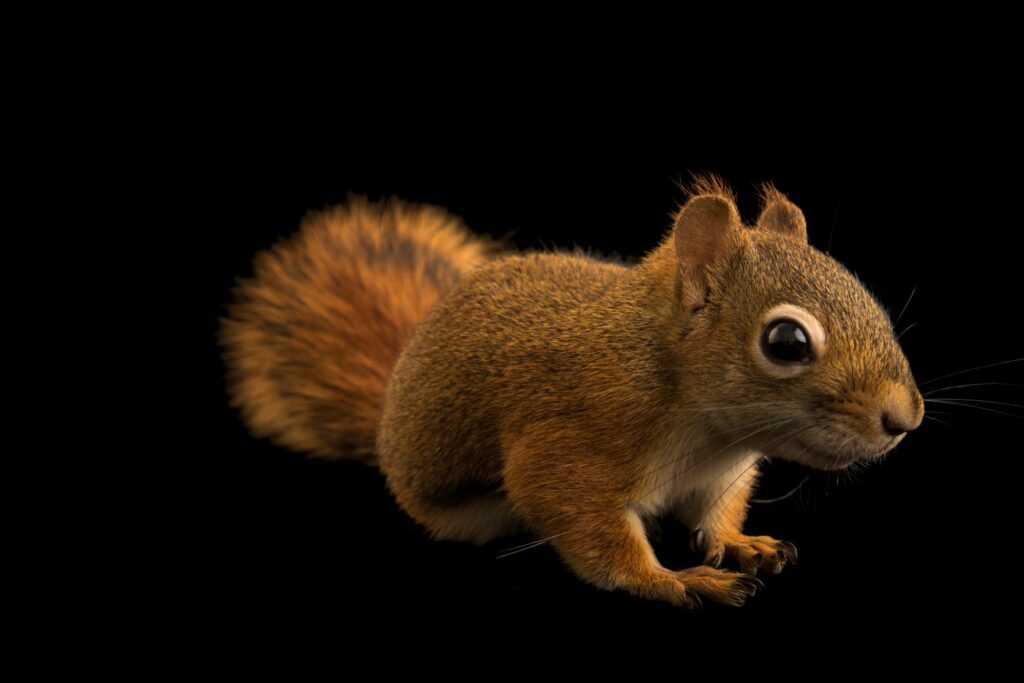
Red Squirrel babies are smaller and squirmier than eastern grey squirrels. Somehow they seem more curious, less escape artist.
I fed red squirrel babies for the first time (my first time, not theirs!) this week. In the last few months, I’ve fed many eastern grey squirrel babies, but these were my first baby red squirrels. They are about the size of an adult chipmunk now, with pretty auburn fur and cute little tufts at the tips of their ears.
Apparently they are sometimes called a chickaree (though chickaree seems to be mostly used for west coast Douglas Squirrels) or Hudsons Bay Squirrel thanks to John James Audubon. And there are 25 subspecies of red squirrel alone.
I was definitely not thinking about subspecies as I was trying to feed these little ones – three female and one male – formula through a 1 cc syringe with small nipple at the end. Each of these babies are orphans and have other issues they are recovering from.
When I go to reach into their enclosure to bring each one out to feed, they are all curled up together in a hammock made from a small fuzzy blanket, and they don’t protest or try to get away. But they get super active and, well, squirrely, once they wake up a bit and have been fed.
It’s important to cover their eyes (with soft pillowcase fabric) so they don’t imprint on humans and can be returned to the wild – but it’s still possible and necessary to watch their tiny little heads and mouths as they are fed. Although squirmy and feisty they all ate well, 5-8 ml of formula. When they get into it, they use their front paws to hold the syringe they are eating from. So sweet.
Image: ©Joel Sartore/National Geographic Photo Ark
